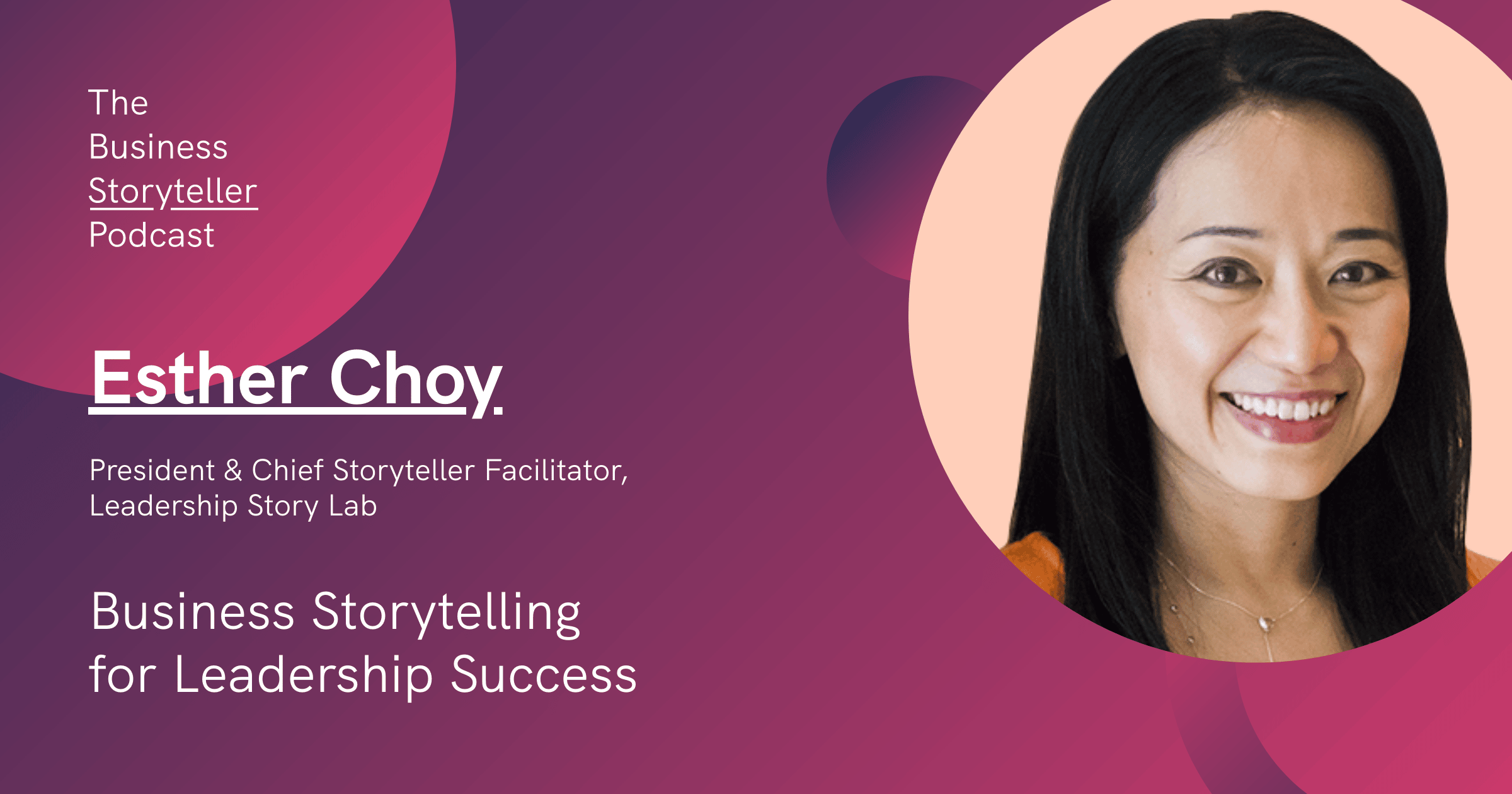Well, I think that is very similar to how like a marketing message is created. You want everyone on your team to understand the value of your products, the marketing message that you explain. Like anything, you got to do this through multiple iterations through, first of all, feedback loops I’ll say. For us, we do quarterly, all-hands meetings, getting everyone together. The first thing that I do at every single meeting is talk about our values, our mission, and our purpose. I really like go through those. Even if you’ve been here for five years, you’re seeing the same stuff, because it’s just about reiterating this stuff over and over and over. I try to have feedback loops when we get to utilize a value in a decision-making process or some part of the company culture.



